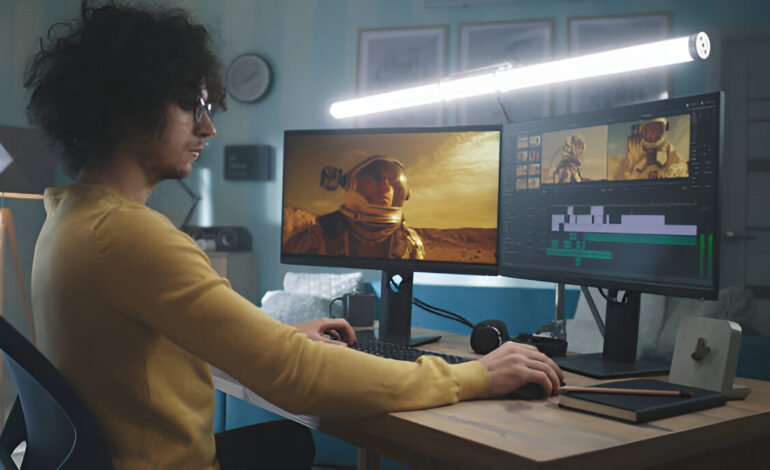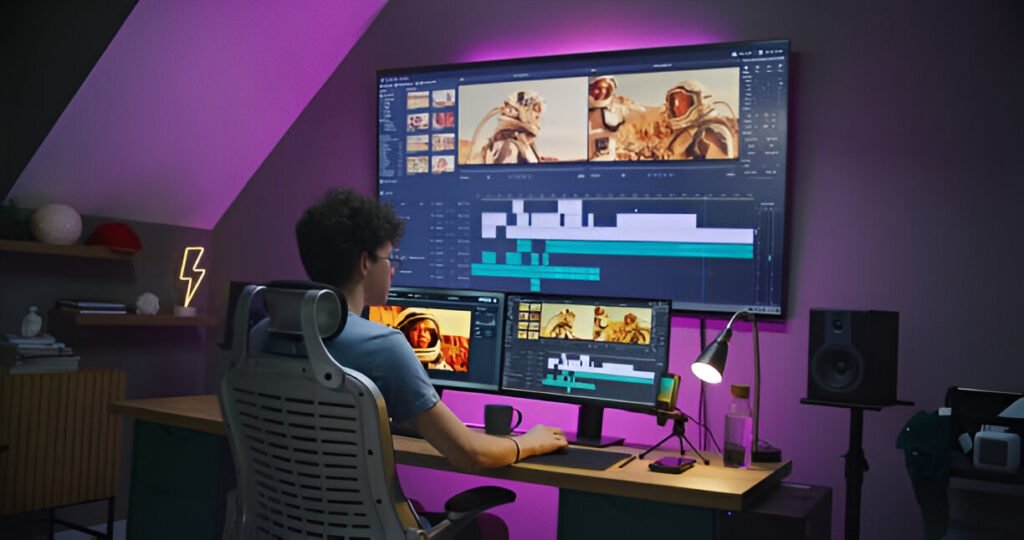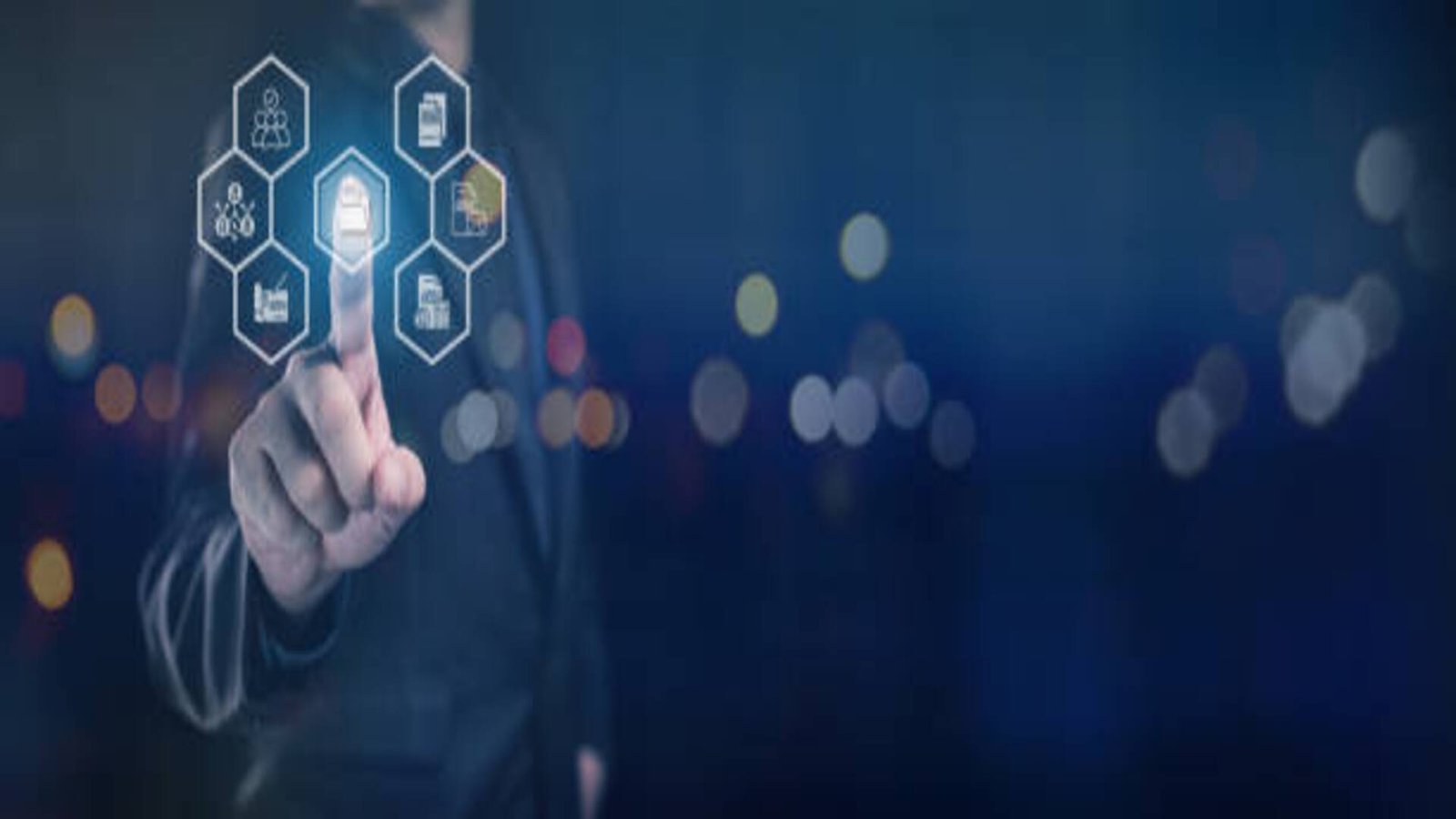
Creative Video Editing Tricks to Elevate Your Content
In the realm of digital content, video editing is one of the more critical skills that one can have in telling and eliciting targeted responses. Be it the budding YouTuber, the social media enthusiast, or the budding filmmaker, learning to master video editing will set your videos apart from the rest. But do not worry-skilled video editing is not left to the pros alone. There are many creative video editing techniques that will make your video stand out, even for a complete beginner.

1. The Magic of Editing
Video editing is the art of fitting clips together, like a jigsaw puzzle, to fit perfectly in telling the story. Editing allows taking raw footage and really making something exciting from it by shaping, trimming, and enhancing it. A well-shot video without good editing doesn’t make a good video.
2. Trim the Fat: The Art of Cutting
One of the first tricks to learn in video editing is how to cut. Trimming out the unnecessary parts of a video can keep the content focused and engaging. Much like when you cut the extra fluff out of a story, a good edit removes distractions, keeping viewers’ attention where it needs to be.
Pro Tip: Keep your cuts clean and to a minimum. If it’s not adding value to the scene, then it is perfectly okay to leave the scene out.
3. Playing with Speed: Slow Motion and Time-lapse
Slow motion and time-lapse are some great ways to add drama or emphasize an action within your video. With slow motion, you’re able to make those important moments pop, like a product splash or an emotional expression, while time-lapse was created to take super long processes and turn them into short, bite-sized moments, which is perfect for construction or sunsets. It’s a play on speeding up the mundane and slowing down the dramatic.
4. Mastering Transitions
Transitions are what move your viewers from one scene to another. As much as it may be tempting to use such fancy transitions as swirls or page flips, the truth is that simpler is better. Straight cuts or cross dissolves usually work more effectively with less distraction and help maintain your video’s flow.
5. Color Grading for Mood
Ever notice how the colors in a movie completely change the mood? That’s color grading. You can give your video a warm, nostalgic glow or cool, moody tone by changing the colors. Proper color grading can make your video go from amateur to professional with just a few clicks.
6. Adding Text and Graphics
Adding text and graphics isn’t just about throwing in some captioning, it is how you can communicate information and emphasize key points. Think of how news channels use lower-thirds for names or how YouTubers really drive points home with text overlay. Keep text readable and in a font that matches your video tone.
7. Sound is Key: Music and Effects
The best video edits look good, but they sound great, too. Music and sound effects make a significant difference in the overall feel of your content. Adding background music sets the tone of your video, while sound effects-like the whoosh during transitions-can make everything feel more polished.
Imagine watching a horror movie on mute-what’s that? Not that scary, right? That is the power of sound.
8. Rule of Three
The Rule of Three in video editing means for any given sequence, try to cut it up into three pieces: an opening, a middle, and a close. This will keep your story together but also take the viewer through the process easily. Think of this like telling a joke: setup, development, punchline.
9. Get Creative with Overlays
That’s what video overlays add to your content: depth and intrigue. Overlays are extra clips or images placed atop the main video. It can be anything from a super-subtle light leak to a whole secondary video playing brecord in the corner, adding that something extra creative to your work.
10. Using Reverse Video
Sometimes, turning that on its head can give it a completely new perspective. Reversing video creates quirky, unexpected moments in your content. Just think about pouring a drink backward-it instantly commands attention and makes viewers do a double take.
11. Experiment with Split Screens
In split screens, you have the ability to show two or more videos simultaneously. This may be useful if you want to compare products, contrast processes, or use it simply for stylistic flair in your video. It’s also an experimentation with split screens that brings variance into your content.
12. Jump Cuts for Action
A jump cut is essential for when there is quick action onscreen. This is where a quick cut is made from the same scene and develops a sense of movement and rush. Jump cuts are very popular in YouTube vlogs where energy is kept high and pacing never slow.
13. Match Cuts for Flow
Match cuts are when you cut from one shot that looks like another continuously to make an edit almost invisible. An example would be where a car’s wheel is turning, and then it cuts to a bike’s wheel turning. Pretty cool, huh? That keeps the flow going and creatively connects two scenes.
14. Mastering the Montage
Montages are all about the delivery of voluminous information within the shortest time. Be it a training sequence or any fun moments’ montage that has been well-edited, is a perfect manner to cover time without boring your audience.
15. Effective Employment of B-Roll
B-Roll is supplementary footage added to contextualize and add texture to your main footage. If you’re talking about something particular in your video, then B-Roll footage will capture the relevant visuals to accompany the audio narration. This is often what can make a good video great: effective B-Roll.





